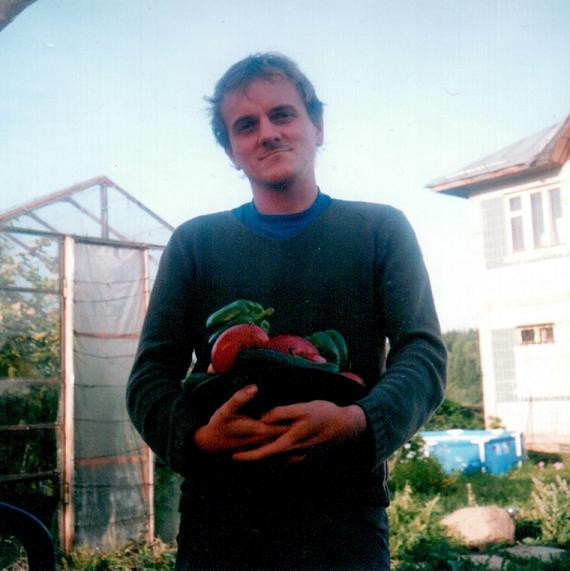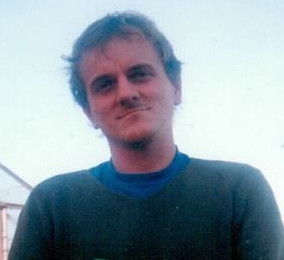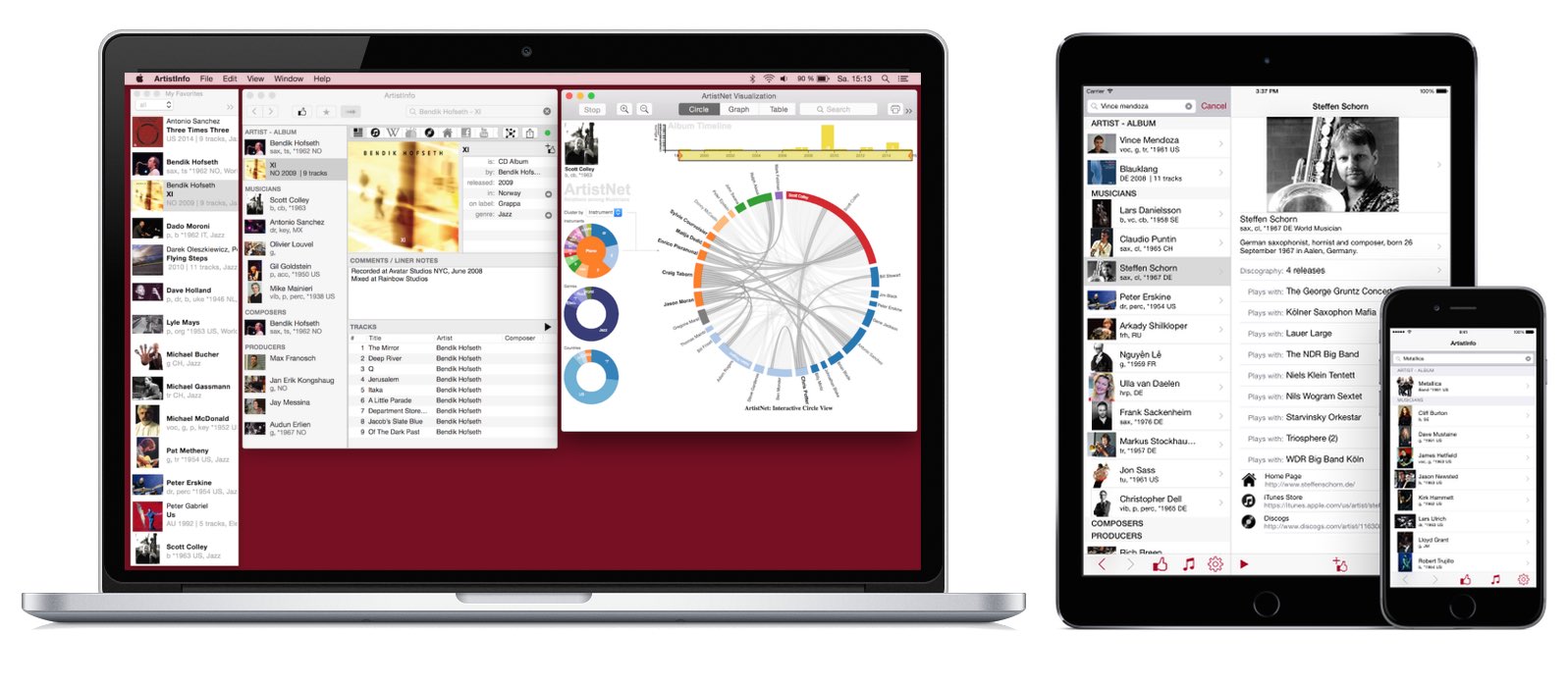
Dragan Espenschied
Education Of The Noobz 1
Album IT 2010 on Upitup Records label
Electronic (Chiptune)
Liner Notes! So: "Sound Chip" or "Home Computer" music has come a long way. While most people started to notice that in the middle of the 1980s computer games were beginning to feature really cool music, there is another history that I have grown more interest in: Before professional games, before cracker intros and before demos, home computer users were peeking and poking around their machines' memory in search for the addresses the soundchip would react to. They often used the built-in BASIC commands to recreate Christmas songs, Bach fugues, military marches, sometimes "Smoke on the Water". The source code was published in home computer magazines or copied around on disk or tape mags. It was a kind of folk culture. One can argue that this spirit lasted into the sound tracker culture, where the source code for music is available to those who want to see it. But with the coming of audio recording formats like MP3, you get "free music", however you cannot see how it is made anymore. MP3 contains mixdowns, parts may be recorded from sources outside of the computer. And if somebody would give you their Cubase file, it would hardly help because you would not have the right "virtual synth" installed. And the huge selection of arbitrary virtual synths one might or might not own makes it difficult to interpret music, at least if you want to go deeper than "aewsoem" or "suX0rz". In order to revive some of these things that appear valuable to me, I am trying to create a new kind of folk music for standardized instruments easily available to everybody: obsolete and therefore cheap computers. Plus, I publish all source code on http://noobz.cc/ in the hope that somebody will learn from it. In sound chip music, every sound is deliberately set. There is no magical recording moment or microphone or compressor setting that would be impossible to recreate. And by default, there is nothing, just silence. There is no set of 9999 snare drums included. Well, okay, if you use the Microsoft General Midi synth, like it did with "Zombie & Mummy", there are 127 instruments included. But you know them all, you heard them a thousand times before. I think they are as much a standard as the square waves produced by the YM2149 sound chip of my Atari. This means that I took care of everything ("gekümmert") and certainly hope this album will bring out some tears. Dragan Espenschied _______________ tracks 1 - 7, and 10 are in mono and encoded at 160 kbps tracks 8 and 9 are in stereo and encoded at 320 kbps.
Musicians
 | Dragan Espenschied , *1975 DE album by |
Album Tracks
| No | Title | Artist | Composer | Duration |
|---|---|---|---|---|
| 1 | Mein Leben Für Die Wissenschaft | Dragan Espenschied | 1:44 | |
| 2 | P2P | Dragan Espenschied | 0:38 | |
| 3 | Iced Earth | Dragan Espenschied | 3:54 | |
| 4 | Beepbop | Dragan Espenschied | 1:45 | |
| 5 | DEFINE | Dragan Espenschied | 2:32 | |
| 6 | Hvrat | Dragan Espenschied | 0:53 | |
| 7 | Monopackung | Dragan Espenschied | 1:23 | |
| 8 | Zombie & Mummy Theme | Dragan Espenschied | 1:06 | |
| 9 | Procrastination Polka | Dragan Espenschied | 2:04 | |
| 10 | Оля Зимой | Dragan Espenschied | 0:44 |
